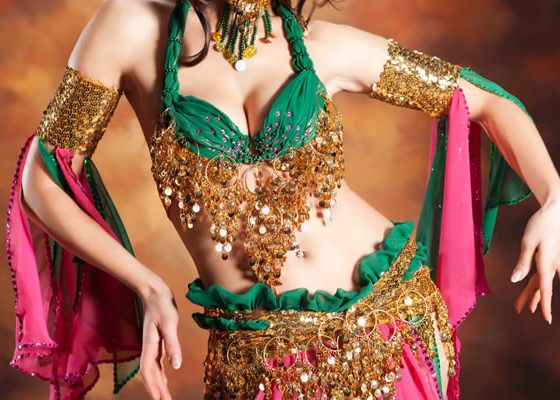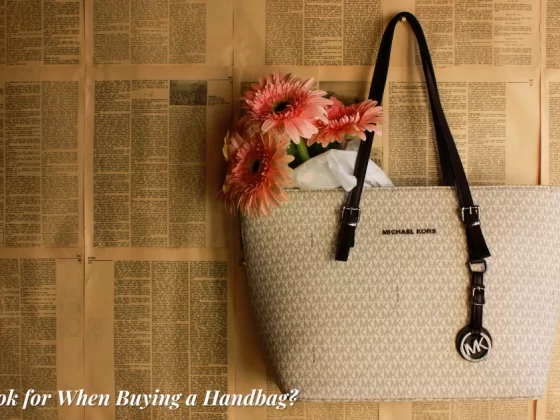Diamond stud earrings are a simple yet elegant gift for anniversaries, birthdays, engagements, weddings, or just because. Yet buying these seemingly straightforward adornments can be trickier than many consumers first realize. Knowing precisely what to look for and how to negotiate a great deal is the key to buying quality diamond stud earrings.
Tips for Buying Diamond Stud Earrings
The most important factor when buying diamond studs is the quality of the stone. Because studs, by definition, do not have excessive metal detailing or additional gems, the entire focus of the piece is on that one diamond, and it must be suitable for such admiration. That said, earrings are naturally less visible than other prominent jewelry, such as solitaire rings or pendants, and some allowances can be made.
Stones
The key to finding a quality diamond for stud earrings is in the 4 Cs of diamond quality.
- Color: True colorless diamonds are the rarest and most expensive options. Casual observers cannot differentiate between subtle shades of diamond color, however, and G or H color is suitable for earrings, allowing consumers to focus their budget on more prominent characteristics of quality gems. When color does become more important is when the stones are larger – the larger the carat weight, the better the overall color should be.
- Clarity: Again, because diamond earrings are less visible than more prominent pieces of jewelry, clarity is not as vital. SI1 clarity or higher is recommended and a visual inspection can determine any serious defects. Because earrings are not subjected to the same stresses as other types of jewelry, the presence of flaws is not as critical.
- Cut: The cut of the stone determines its brilliance and fire, and this is perhaps the most important factor for buying diamond stud earrings because the proportions of the stone’s facets determine how much the gem sparkles. Ideal cuts are recommended, though slightly lower grades are acceptable depending on the size of the stone. As with color, the larger the studs the more noticeable a lower grade of cut will be.
- Carat: The carat weight of diamond stud earrings is one of the most important factors in their quality. Earrings are measured as total carat weight, so each piece is one-half the stated total. Studs that are too small will be overwhelmed by the prongs and setting. A minimum of .5 total carats is recommended for earrings, while larger than 4 total carats may be overwhelming and the earrings may sag when worn.
Settings
Diamond stud earrings are most frequently prong set with 4 or 6 prongs holding the stone. Too many prongs on a small stone (less than .5 carats) will overwhelm and obscure the stone, while too few prongs on larger stones may not be as secure. Platinum settings are recommended for their strength and durability. Larger stones may also require backings for additional support when worn; the backings should not be visible when viewed properly.
Shaft
The earring shaft must be straight and without striations or other signs of stress. A notch at the aft end is recommended to help secure the clasp. As with settings, platinum is recommended for strength and durability.
Clasp
Screw clasps are recommended for superior diamond stud earrings, though they are usually only found on higher value, higher quality pieces. Over time, a pressure clasp (the standard for earrings) can loosen and earrings may be lost.
Prices
| Single Diamond Carat Weight | Price |
| .20 | $171 |
| .25 | $288 |
| .40 | $699 |
| .50 | $1,012 |
| .75 | $2,550 |
| 1.00 | $4,600 |
| 1.50 | $10,212 |
| 2.00 | $16,192 |
Prices for diamond stud earrings vary widely based on the stone characteristics, the specific jeweler, and the current diamond market trade. Diamonds naturally increase in value annually and prices can fluctuate as new mines are opened or trade routes become restricted. The table below shows relative comparisons based on figures from the International Diamond Center of Antwerp as of November, 2006. Actual prices may vary.
Obviously, carat weight drastically affects price as larger diamonds are used; however, small differences are not visibly drastic but can strongly affect the cost of diamond stud earrings. The visible difference between a 1.00 carat stone and a .90 carat stone is negligible, yet when purchased as a pair of 2.00 carat weight diamond stud earrings versus a 1.80 carat weight pair, the price can vary by thousands of dollars.
Note: Alternative diamond shapes, such as emerald, princess, or heart cuts, cost up to 10 percent less than the prices quoted for round stones. Similarly, GIA certified diamonds may cost substantially more.
Jeweler Guarantees
It is important to know what specific warrantees and guarantees a jeweler offers before buying any type of diamond jewelry. The quality of the gems themselves should be verified, and warranties should be available on the workmanship of the settings and shafts in case of incidental damage. Return options may include refunds or credits toward upgrades in the future.








